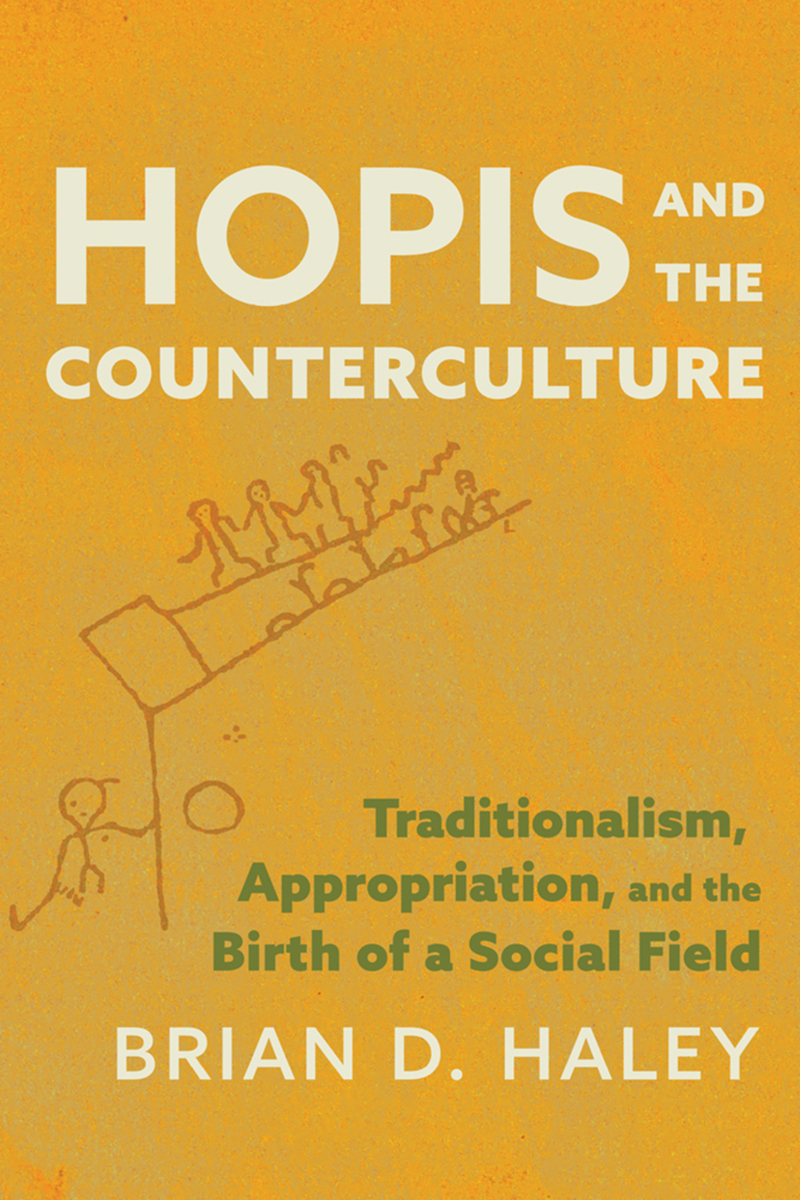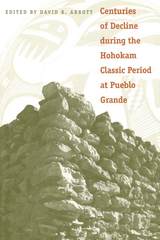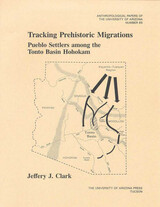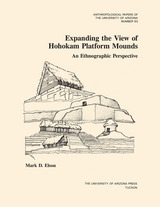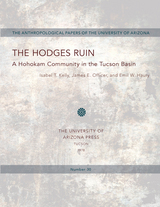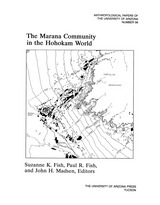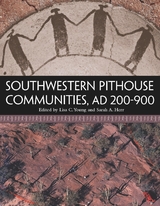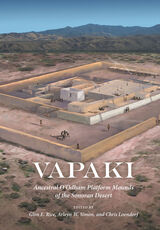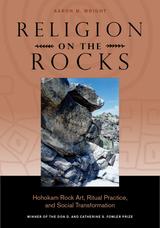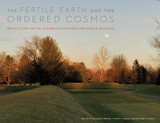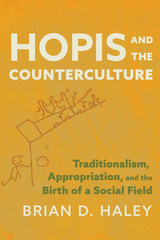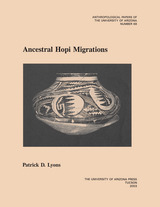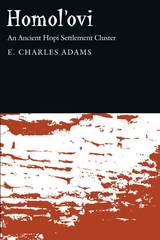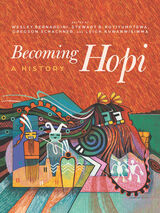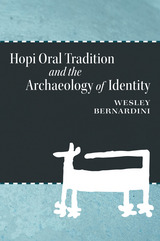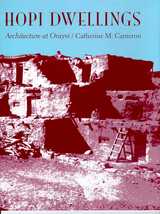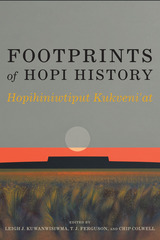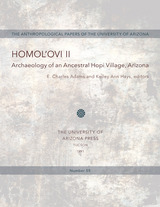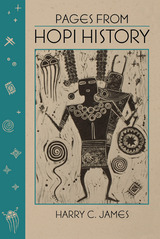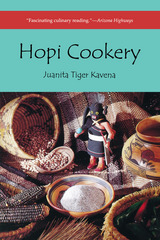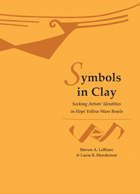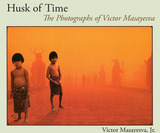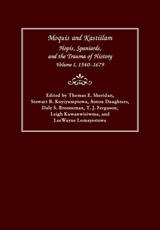Hopis and the Counterculture: Traditionalism, Appropriation, and the Birth of a Social Field
University of Arizona Press, 2024
Cloth: 978-0-8165-5366-2 | Paper: 978-0-8165-5365-5 | eISBN: 978-0-8165-5367-9 (standard)
Library of Congress Classification E99.H7
Dewey Decimal Classification 305.897458
Cloth: 978-0-8165-5366-2 | Paper: 978-0-8165-5365-5 | eISBN: 978-0-8165-5367-9 (standard)
Library of Congress Classification E99.H7
Dewey Decimal Classification 305.897458
ABOUT THIS BOOK | AUTHOR BIOGRAPHY | REVIEWS | TOC
ABOUT THIS BOOK
This book addresses how the Hopi became icons of the followers of alternative spiritualities and reveals one of the major pathways for the explosive appropriation of Indigenous identities in the 1960s. It reveals a largely unknown network of Native, non-Indian, and neo-Indian actors who spread misrepresentations of the Hopi that they created through interactions with the Hopi Traditionalist faction of the 1940s through 1980s. Significantly, many non-Hopis involved adopted Indian identities during this time, becoming “neo-Indians.”
Exploring the new social field that developed to spread these ideas, Hopis and the Counterculture meticulously traces the trajectories of figures such as Ammon Hennacy, Craig Carpenter, Frank Waters, and the Firesign Theatre, among others. Drawing on insights into the interplay between primitivism, radicalism, stereotyping, and identity, Haley expands on concepts from scholars such as Roy Harvey Pearce’s notion of “isolated radicals” and Jonathan Friedman’s observations regarding the ascendancy of primitivism amid global crises. Haley scrutinizes the roles played by non-Hopi actors and the timing behind the widespread popularization of Hopi religious practices.
Exploring the new social field that developed to spread these ideas, Hopis and the Counterculture meticulously traces the trajectories of figures such as Ammon Hennacy, Craig Carpenter, Frank Waters, and the Firesign Theatre, among others. Drawing on insights into the interplay between primitivism, radicalism, stereotyping, and identity, Haley expands on concepts from scholars such as Roy Harvey Pearce’s notion of “isolated radicals” and Jonathan Friedman’s observations regarding the ascendancy of primitivism amid global crises. Haley scrutinizes the roles played by non-Hopi actors and the timing behind the widespread popularization of Hopi religious practices.
See other books on: Counterculture | Cultural appropriation | Hopi Indians | Hopis | Traditionalism
See other titles from University of Arizona Press
